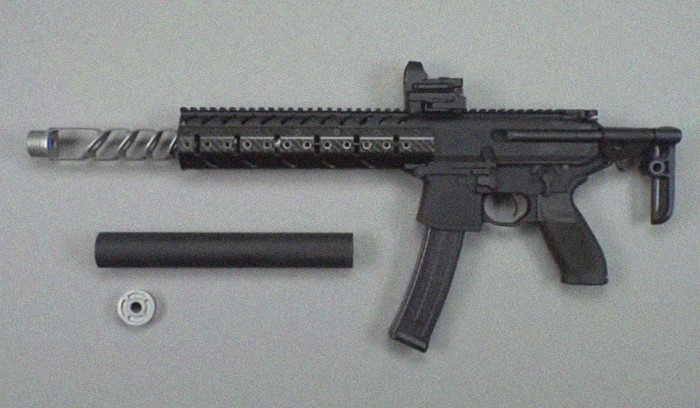Muzzle brakes are commonly used on high-powered rifles to reduce felt recoil. However, their legality is often questioned due to their potential for causing hearing damage and because they can be used to turn a rifle into an automatic weapon.
Muzzle brakes redirect propellant gases to ambient air to counterbalance some of the rearward thrust that occurs when a round is fired. This helps reduce the amount of felt recoil by the shooter. Additionally, muzzle brakes can increase the accuracy of a shot by reducing the side-to-side movement (yaw) of the firearm.
The use of muzzle brakes is regulated by law in some jurisdictions. For example, in Canada, muzzle brakes are only legal on shotguns and handguns; they are prohibited on rifles. In the United States, there are no federal laws regulating the use of muzzle brakes, but some states (including California and New York) have restrictions in place.
Hybrid devices may be prohibited if they perform functions not intended by the muzzle brake.
There are some muzzle brakes that are specifically designed for competition shooting, and these may be governed by different rules than those meant for general use, so consult your local laws before using one at a competition.
Some gun ranges do not allow the use of muzzle brakes due to the loud noise they can create. Additionally, many hunting areas prohibit their use because they can startle game animals or mask the sound of a gunshot, making it difficult for other hunters to know where the shot came from.
Before using a muzzle brake, always check local laws to see if there are any restrictions in place.
Watch this muzzle device-related material to make it clear:
See also: the AmmoCave team picked up the best compensators for you!

